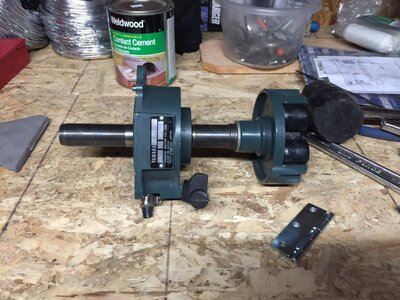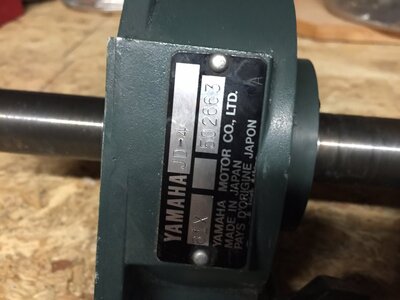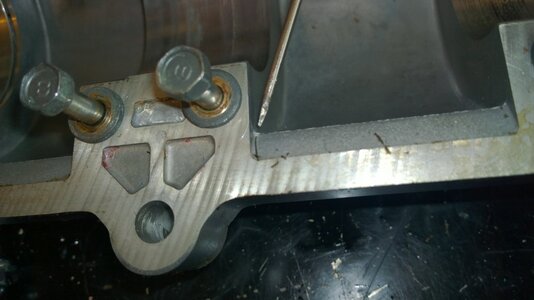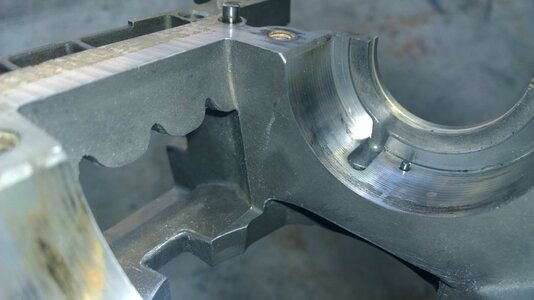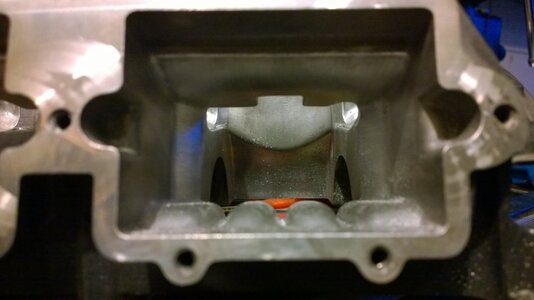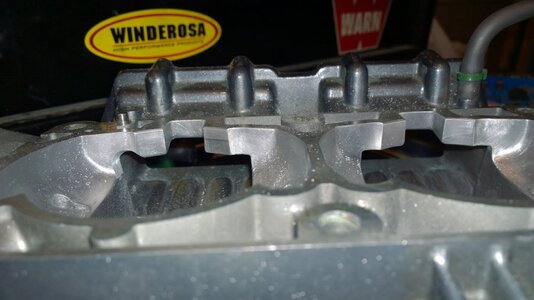- Location
- San Diego
Well I bought my first roundnose superjet last year in pieces. Always rode 650s and decided to step it up finally. Since the lowest priced SJ I could find was over $4k I decided to jump on this 2001 that was in pieces for $1000. It was a freshwater ski and I saw it as a chance to build a ski I knew wasn't in salt or abused. Came with a perfectly clean, uncut and already sanded hull and hood, stock handlepole, 62t/62t motor, all electronics minus battery, pump, midshaft, two carbs, intake manifold, exhaust minus waterbox and tubing, and some other small stuff.
So far I've bought:
Footholds
Rad Dudes lowered stainless pole mount
Blowsion steering system
Blowsion Bars
New On/Off Switch
New Monkey Grip motor mounts
Solas scoop grate
82mm Pro x piston kit (getting cylinder bored +1mm)
Fuel/Cooling lines
Fuel Tank
Still need to buy:
Waterbox
Ride plate
Throttle and cable
Steering cable
Chinpad
I have the fuel selector petcock but it's missing the knob
Now that I've given you guys the story here's a few questions:
1) The ski came with a 62t cylinder, I know the preferred is the 61x, but it came with the 62t and I couldn't find a 61 anywhere for less than 400. I get the cylinder back from boring tomorrow. 1mm over. I noticed the exhaust that came with the ski says 61x, will this fit on my 62t?
2) I also noticed the midshaft says 61x on it too, will this work? I'll post a pic of it.
3) I was able to get the pistons off the rods earlier with a C-clamp, socket and wood. The crank is still in great condition and spins perfectly. Anything I should do before I put the top end back on? Like preventative? Other than cleaning it.
All info is greatly appreciated. I know a decent amount about mechanics but I'm no pro and always looking to learn. Again, this is my first superjet and I'm looking forward to getting out in the water here in San Diego




So far I've bought:
Footholds
Rad Dudes lowered stainless pole mount
Blowsion steering system
Blowsion Bars
New On/Off Switch
New Monkey Grip motor mounts
Solas scoop grate
82mm Pro x piston kit (getting cylinder bored +1mm)
Fuel/Cooling lines
Fuel Tank
Still need to buy:
Waterbox
Ride plate
Throttle and cable
Steering cable
Chinpad
I have the fuel selector petcock but it's missing the knob
Now that I've given you guys the story here's a few questions:
1) The ski came with a 62t cylinder, I know the preferred is the 61x, but it came with the 62t and I couldn't find a 61 anywhere for less than 400. I get the cylinder back from boring tomorrow. 1mm over. I noticed the exhaust that came with the ski says 61x, will this fit on my 62t?
2) I also noticed the midshaft says 61x on it too, will this work? I'll post a pic of it.
3) I was able to get the pistons off the rods earlier with a C-clamp, socket and wood. The crank is still in great condition and spins perfectly. Anything I should do before I put the top end back on? Like preventative? Other than cleaning it.
All info is greatly appreciated. I know a decent amount about mechanics but I'm no pro and always looking to learn. Again, this is my first superjet and I'm looking forward to getting out in the water here in San Diego






